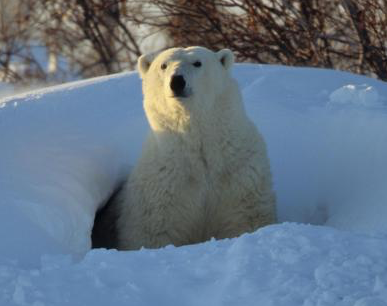History
Dr. Michael Hfuhruhurr joined Guys hospital as a research scientist in 1972 after post-graduate degrees in Oncology & Metabolism and biomedical science,
He has worked in numerous fields and research projects in both the public and private sector, specialising in immunologic reactions during blood transfusion.
Dr. Alfred Necessiter started work as an understudy at the Cryonics Institute under Robert Ettinger after completing his masters in biomolecular checmistry in 1978. He quickly rose through the ranks, becoming their primary research consultant in 1981, pioneering enhancements to cryonic process within the industry.
Dr Maximillian Morgenstern completed his studies in Neuroscience & Neurology in 1968 and spent the next twenty years researching changes to the brain in those affected by Parkinsons & multiple sclerosis.
1981
The idea for living cryonics (cryo-sleep™) was formed when Dr. Hfuhruhurr met Dr. Necessiter at a medical conference where Dr. Hfuhruhurr gave a speech relating to theoretical low temperature coma inducement, for critical patients, utilising synthetic blood
1983
The two doctors formed their own company in 1983 (hibern8) and applied for a research grant for coma inducement and freezing of near-death apes using synthetic bloods.
1985
Dr Morgenstern joined Hibern8 where he gained the nickname 'Miracle Max' due to his success rate in reviving subjects to full brain function during intital proof of concept.
During the early years we were able to sustain life, in 30% of primate trial subjects, for a one year period at which point they were successfully revived.
Although a relatively small success rate the achievement prompted further research and trials and after a period of 10 years resulted in consistent 75% success rates in primate trials.
This with no real prior medical history or the ability to fully converse with the 'subjects' to determine current mental or psychological health.
1993
Hibern8 was granted a global patent for the synthetic blood used in these last trials
1995
The first human trials commenced. The subjects all with pre-diagnosed terminal illness and life expectancy of less than six months.
With full mental and phsycological profiling, along with physical and medical evaluations we were able to achieve consistent 98% success rates for two year sleeps, however memory loss of varying degrees was invariably a side effect upon wakening.
1997
Dr Morgenstern started working on a memory download system together with the famous Vizzini who had previously worked on AI technology projects at IBM & Bletchley Park.
1998
Successful complete memory download to disk, from a primate test subject, utilising neuron transmiter links attached to the brain stem. Whole life memory available to view as video via stitched static images. A crude but effective first step.
1999
Mr. W. Roberts, a researcher at Hibern8, voluntered for the first long term trial - a period of 15 years in cryonic suspension.
2005
Full memory download to disk was achieved via enhanced EEG techniques using external transmitters, although the memories were still in the form of static images.
2010
Perfected and patented memory download via propriatary headset
2013
Enhanced and full interactive memory downloads to media perfected.
Although we still do not, currently, have the technology to re-upload memory to cryo subjects post awakening, we are able to offer the ability to fully interact with their memories as if they were the 'first person' in a video. We even offer the opportunity for customers to incorporate their memory download into an interactive experience where the outcome of previous memories can have alternative outcomes and this has proven to be rewarding for some customers, who haven't experienced memory loss during cryo-sleep™ but retain tragic or psychologically debilitating memories from their past.
2014
First 15 year cryo-sleep™ subject successfully woken.
The rest, as they say, is history.
